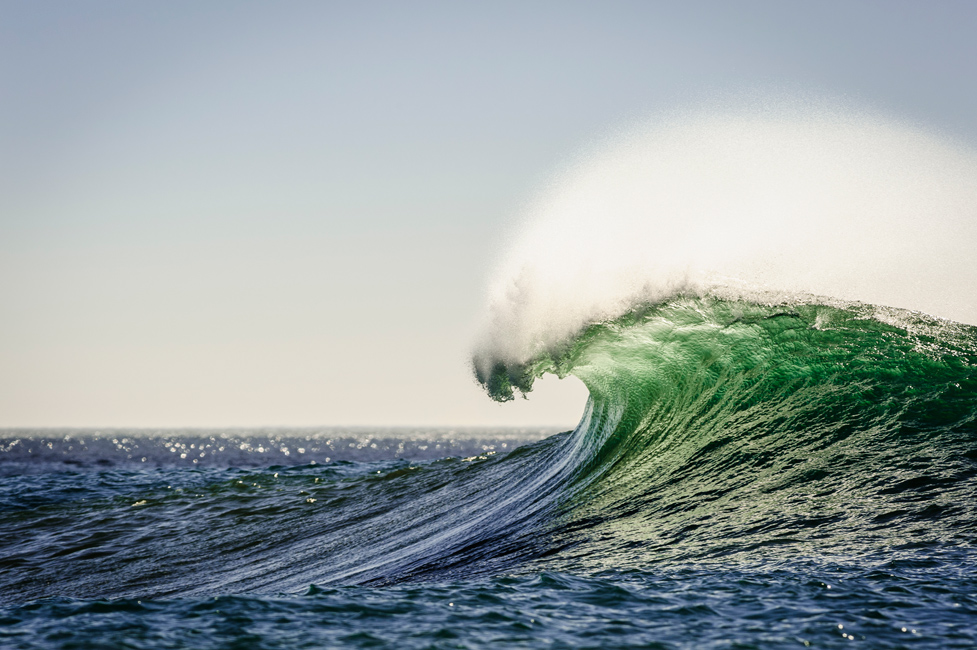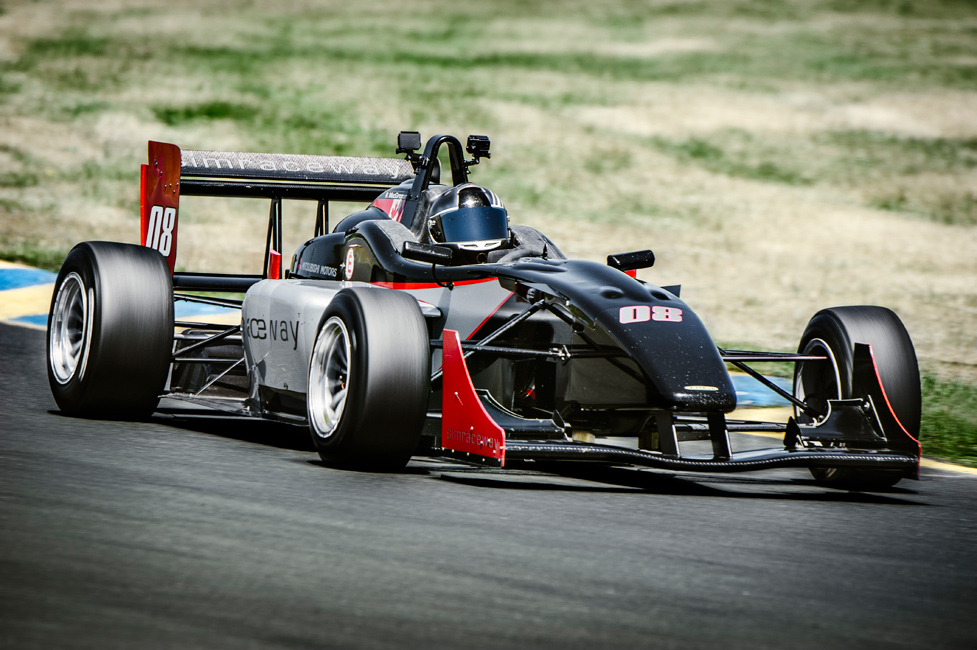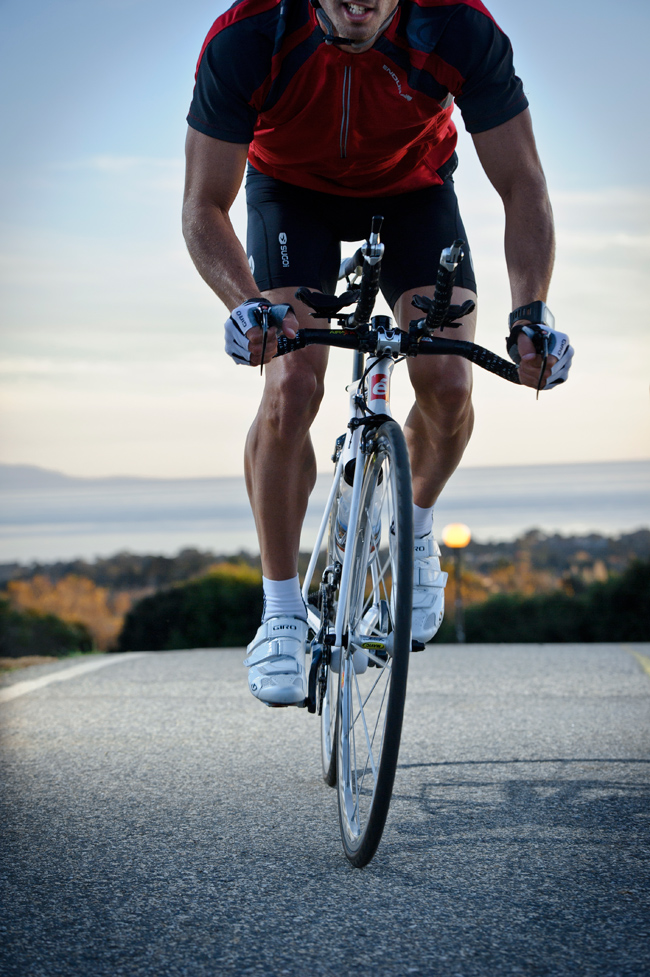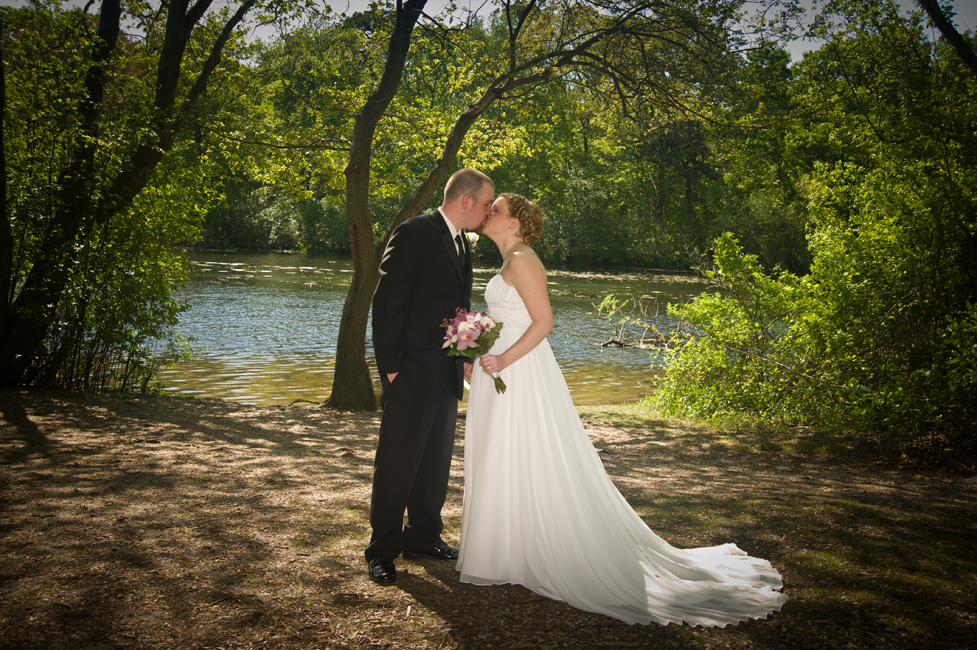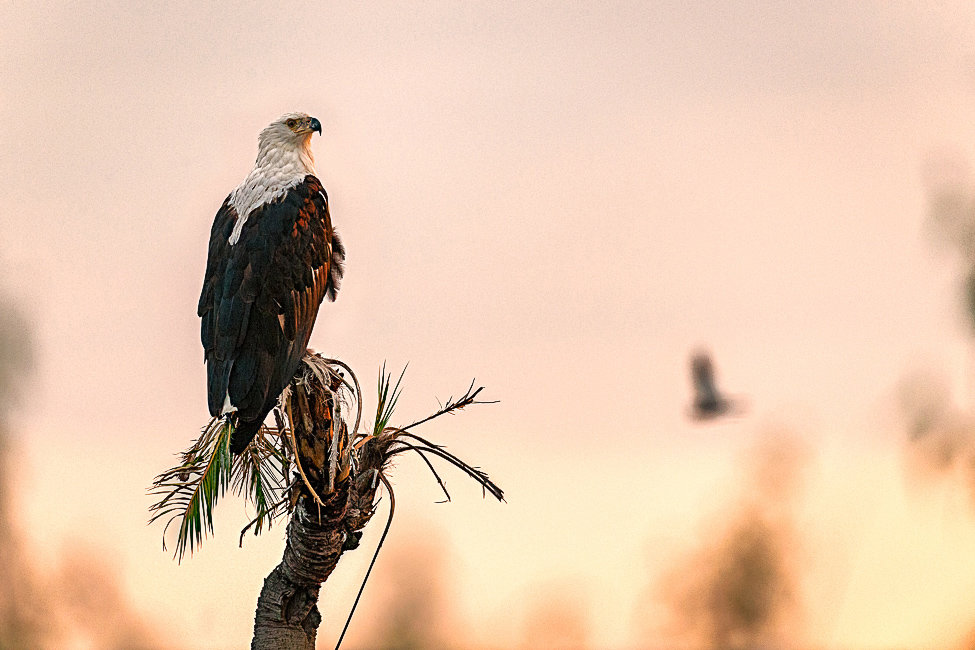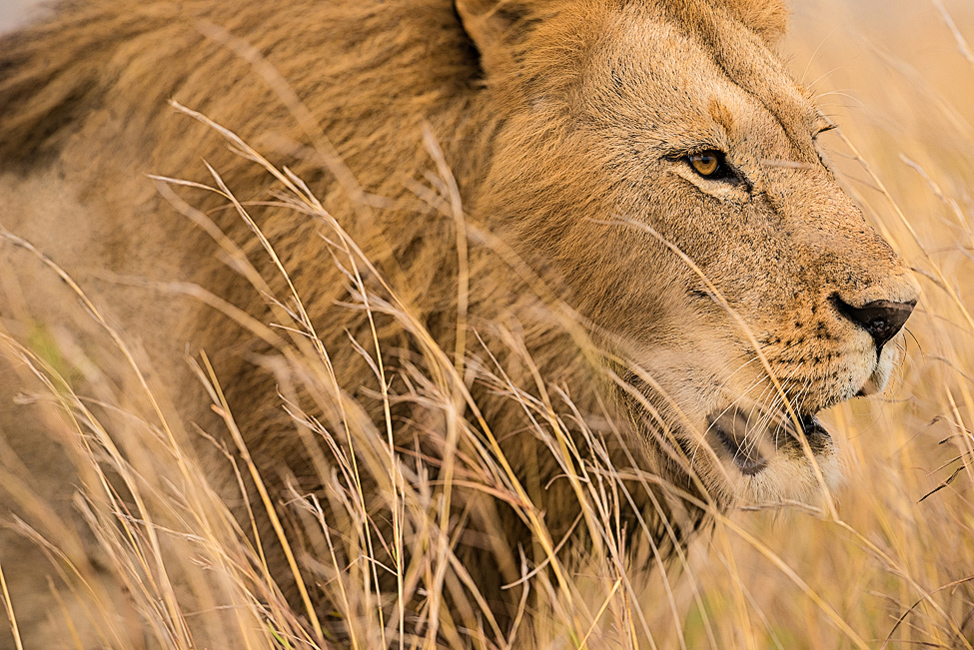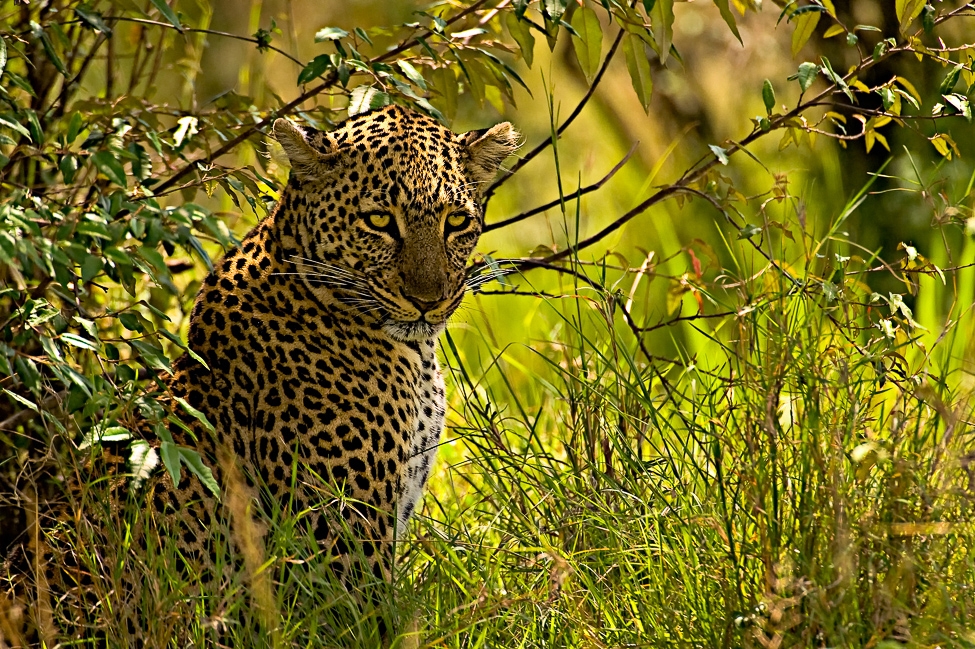Benefits of Using the AF-ON Button for Autofocus
For the purpose of focusing a DSLR camera, pressing the AF-ON button has the same effect as pressing the shutter-release button halfway. To set the camera to use the AF-ON button for focusing, you will need to set a custom function, which can be found in custom settings, under Autofocus. This technique is also called back button focus.
The default setting on Nikon DSLR cameras sets Shutter/AF-ON in which both the shutter-release button and the AF-ON button can be used to initiate autofocus; or you can choose to set the AF-ON button only for focus, which means only the shutter-release button will only activate the shutter (snap the picture) when pressed.
We spoke with three professional photographers—who specialize in different types of photography: sports, wedding and wildlife—to find out why they use the AF-ON button for focusing.
Commercial sports and action photographer Jay Watson explains that once he got used to using AF-ON only for focusing he found it to be advantageous for shooting both moving and static subjects. “I keep the camera’s AF set to AF-ON only, and start that way for most assignments. Overall it’s a set up for fast performance. However the camera now feels more personalized, and the AF settings are more intuitive which is important not just for sports. If you’re fussing with camera settings in front of a subject, you’re less engaged and more likely to miss an opportunity,” he says.
Wedding and portrait photographer Gary Small says he sets up his cameras to “disconnect” the focusing from the shutter release button because he can’t miss the first time around when it comes to photographing weddings and other events. “The shutter won't fire if the camera doesn't lock focus, there's a huge risk that an important shot will be missed. Try explaining to the bride and groom and their parents why you missed the kiss at the end of the ceremony, or of their grand entrance, that once in a lifetime shot, because the camera wouldn't lock focus and fire when you needed it to. The way I do it, I lock focus in advance and the camera will fire every time I press the shutter release. This means I get my shots every time.”
“What happens if you’re all set and know the camera will focus fine, but then at the moment you go to take the picture, someone walks in front of you or in the foreground and causes the camera to refocus on them, and your subject (let's say the bride up in a chair during the Hora at a Jewish wedding reception) is suddenly out of focus and you blew the shot? Again, once I press the AF-ON button, I can shoot to my heart's content, and as long as the distance doesn't change, I will get a whole series of images and action shots and not miss a thing. As far as I'm concerned, those two reasons alone are compelling enough.”
Pro shooter Mark Alberhasky does a great deal of wildlife photography, and he’s found AF-ON to be both a battery and “photographer” lifesaver.
Using AF-ON extends battery life in the camera. Mark explains: “When the shutter release controls all functions, focusing simultaneously engages the Vibration Reduction (VR) system. When using AF-ON or back button focus you can observe or follow a moving subject, constantly adjusting the focus, without engaging the VR mechanism until the moment the shutter release is depressed. While this might seem trivial, when observing wildlife over extended periods, waiting for a specific moment to trip the shutter, driving the VR continuously can drain battery. The back button technique only uses the VR for brief periods when the shutter is actually released, maximizing battery life.”
“The technique can also help to diminish shooter fatigue. Every photographer learns the delicate (and tedious) half-pressure of the index finger on the shutter button required to acquire and hold focus without tripping the shutter. By shifting the focus to the thumb (on the AF-ON button), the index finger gets a well-deserved break and stays more relaxed over a long day. Less fatigued, you can better deliver a subtle touch to the shutter button for a smooth release and a sharper capture.”
Jay notes that, “by starting with AF set to AF-ON only while in AF-C (continuous) mode, you can essentially combine multiple focusing features without touching many buttons on the camera.” With a static subject you can focus on the subject once and recompose. There is no need to move focus points. If the subject starts moving, the camera is ready to track focus with the same settings. “This allows you to cover the action while also getting in between moments like portraits and detail shots with the same focus settings. I frequently start with this combination of settings with sports, lifestyle, and portrait work,” he says.
Mark agrees, adding, “On demand availability of AF-C, while still offering AF-S functionality, is the heart of the back button focus technique. Once familiar with back button focus, you’re literally ready for any subject.”
Jay has also found AF-ON only to be a benefit when shooting images that have to be tack sharp. “When focus is critical, like with the logo on a product, I’ll use Live View and zoom-in on the LCD screen to manually focus. The potential was always there, but when you manually focused an AF lens, your focus adjustment was cancelled out as soon as you touched the shutter release button half way. Not anymore,” he explains.
Jay adds that with this technique there is also less “spray and pray”. “You can track focus on a moving object with AF-ON, and isolate use of the shutter release to selectively capture brief moments during a subject’s movement. If you’re shooting with a high fps, the camera will be focusing the entire time AF-ON is pressed and not just when the shutter release button is pressed half way.“
Mark concludes: “Photographers are always in search of techniques that help make great photographs. Back button focus is a professional detail that delivers on multiple levels. For the photographer ready to step up their game it's a technique well worth investigating.“

